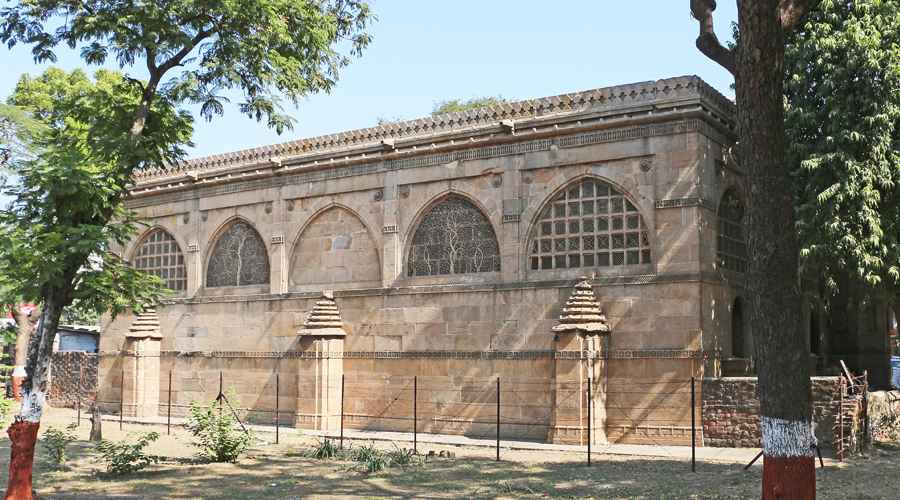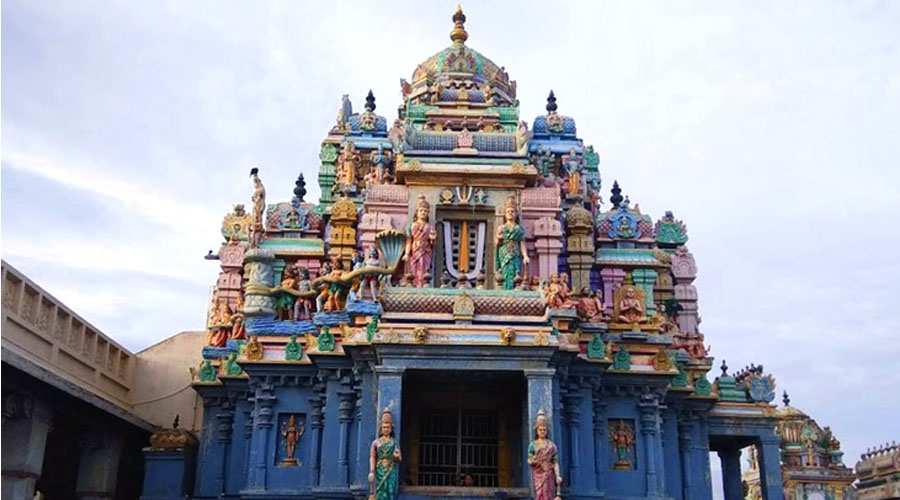Kedarnath, nestled high in the Garhwal Himalayas of Uttarakhand, is one of the most revered pilgrimage destinations in India and a key part of the Char Dham Yatra. The temple, dedicated to Lord Shiva, sits at an altitude of about 3,583 meters (11,755 feet) near the Mandakini River. Every year, lakhs of devotees make the challenging yet spiritually uplifting journey to seek blessings here. Since Kedarnath remains inaccessible during winter due to heavy snowfall, planning your trip at the right time is crucial to ensure safety and a fulfilling experience. Let’s explore the best time to visit Kedarnath month by month, including the ideal season, weather conditions, and travel tips.
Ideal Time to Visit Kedarnath: May to October
The best time to visit Kedarnath is between May and October, when the temple doors open for devotees. During this period, the weather is relatively pleasant, roads are accessible, and the scenic beauty of the region is in full bloom. However, the monsoon season can bring challenges like landslides, so most travelers prefer visiting in May, June, September, or early October.
Season-wise Guide for Visiting Kedarnath
1. Summer Season (May – June)
Temperature Range: 5°C to 17°C
Travel Experience: Comfortable and clear
Summer marks the beginning of the pilgrimage season in Kedarnath as the temple reopens after six months of winter closure. The paths are cleared of snow, and the surrounding valleys burst into color with new vegetation. The moderate temperature makes trekking easier and more comfortable.
- Why Visit in Summer: The skies are clear, allowing breathtaking views of snow-capped peaks and lush landscapes. The pilgrimage routes from Gauri kund to the temple are fully operational, with accommodation and food facilities available along the way.
- Things to Pack: Warm clothing (as temperatures can drop at night), trekking gear, sunglasses, sunscreen, and rain protection, as occasional pre-monsoon showers can occur.
- Key highlight: Participate in the temple’s opening ceremony, which usually happens in late April or early May, attended by thousands of devotees with grand celebrations and chants of “Har Har Mahadev”.
2. Monsoon Season (July – August)
Temperature Range: 10°C to 15°C
Travel Experience: Challenging and risky
The monsoon brings moderate to heavy rainfall across the Himalayan region, making the routes slippery and prone to landslides. During this time, the number of visitors drastically decreases due to safety concerns.
- Why Avoid Monsoon: Owing to unpredictable weather and difficult trekking conditions, this season is not ideal for visiting Kedarnath. Landslides often disrupt road connectivity between Rishikesh, Guptkashi, and Sonprayag.
- Who Should Visit: Seasoned trekkers and adventure seekers who can handle adverse terrain and weather might still find it an opportunity for solitude and natural beauty.
- Tip: If you must visit during this period, always check weather updates and local advisories before traveling.
3. Autumn Season (September – October)
Temperature Range: 3°C to 14°C
Travel Experience: Scenic, peaceful, and spiritual
After the monsoon recedes, autumn brings fresh greenery, crystal-clear skies, and a calm atmosphere ideal for spiritual journeys. September and early October are considered the second-best windows to visit Kedarnath.
- Why Visit in Autumn: The landscape becomes exceptionally picturesque, with the Himalayas standing tall under a bright blue sky. With fewer crowds compared to early summer, pilgrims can enjoy better accommodation options and a serene spiritual environment.
- Things to Keep in Mind: Nights become colder toward the end of October. It’s advisable to carry enough warm clothes as temperatures near zero degrees are common, especially at higher altitudes.
- Highlight: October also marks the closing ceremony of Kedarnath Temple, when the idol of Lord Shiva is shifted to Ukhimath for winter worship. Attending this event is a divine experience in itself.
4. Winter Season (November – April)
- Temperature Range: -2°C to -10°C
- Travel Experience: Inaccessible and frozen terrain
Kedarnath remains closed during winter because of extreme cold, heavy snowfall, and the risk of avalanches. The temple is officially shut after Diwali, and the shrine’s presiding deity is moved to Omkareshwar Temple in Ukhimath, around 60 kilometers away.
- Why Not to Visit: The entire region is covered in deep snow, and all routes, including Gaurikund and Kedarnath, are inaccessible by road or foot.
- Alternative Pilgrimage: Devotees who still wish to pay their respects can visit Ukhimath, where rituals continue throughout the winter months. This temple serves as the winter seat of Lord Kedarnath.
Month-by-Month Overview
| Month | Weather Condition | Travel Feasibility | Remarks |
|---|---|---|---|
| April | Cold, some snow, roads clearing | Moderate | Temple opens late in the month |
| May | Pleasant, clear skies | Excellent | Peak pilgrimage season |
| June | Mild, occasional rain | Excellent | Ideal for trekking |
| July | Frequent rainfall | Risky | Prone to landslides |
| August | Heavy showers | Poor | Not recommended |
| September | Clear and green | Excellent | Post-monsoon beauty |
| October | Cold nights | Good | Temple closes by end of the month |
| November–March | Heavy snow | Closed | Visit Ukhimath instead |
Travel Tips for Visiting Kedarnath
- Always plan your visit around temple opening and closing dates, announced annually by the Kedarnath Temple Committee.
- Carry valid ID proofs, trekking essentials, and emergency medical supplies.
- Stay in Guptkashi or Sonprayag if you prefer comfort accommodations and shorter trekking time to Kedarnath.
- Avoid littering and follow eco-friendly practices, as Kedarnath lies in a sensitive Himalayan ecosystem.
- Always check weather forecasts and road conditions before starting the yatra.
Conclusion
The best time to go to Kedarnath is during May, June, September, and early October. These months offer clear skies, manageable temperatures, and safe travel conditions, allowing you to experience the divine aura of Lord Shiva’s abode amidst stunning Himalayan views. Whether you go for spiritual devotion or the adventure of the trek, Kedarnath promises a once-in-a-lifetime experience — serene, powerful, and unforgettable.



